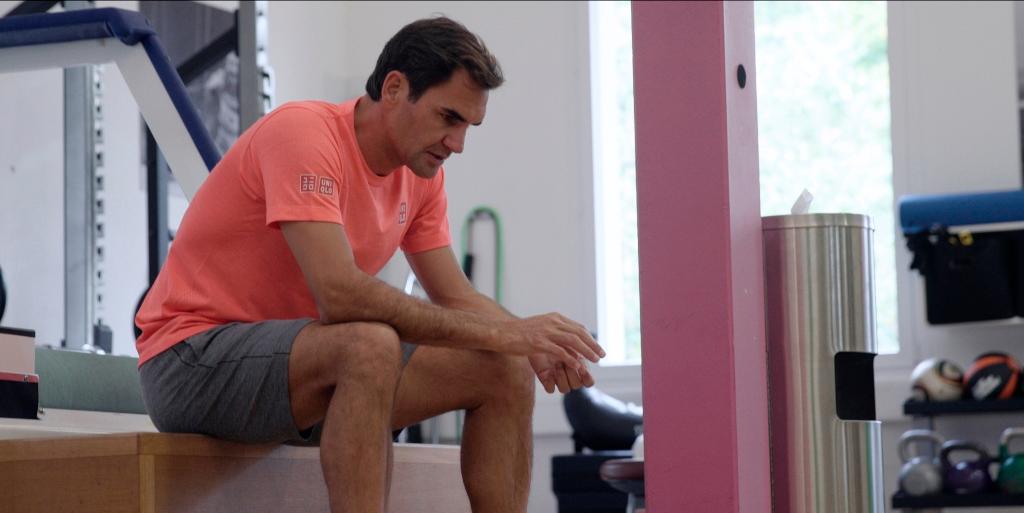R | 1h 28m | Documentary, Biography, Sports | 2024
The term “GOAT” (Greatest of All Time) gets bandied about far more than it should, especially in professional sports. If taken literally, there should be only one GOAT per sport, period.

R | 1h 28m | Documentary, Biography, Sports | 2024
The term “GOAT” (Greatest of All Time) gets bandied about far more than it should, especially in professional sports. If taken literally, there should be only one GOAT per sport, period.